41 squadron on guard for Freedom
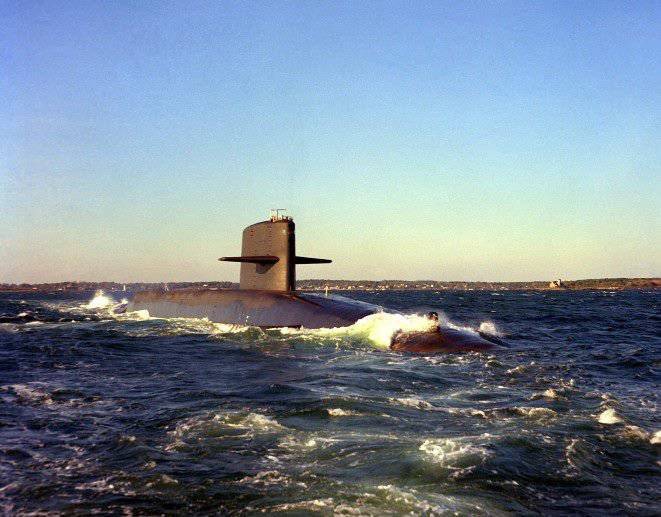
15 November 1960 boiled the dark waters of the Firth of Clyde, and a new generation of boats appeared from the depths of the Scottish Gulf. Snuffling out bitter cold water, the world's first nuclear-powered submarine missile carrier set off for his first combat patrol.
66 days “George Washington” spent in a given area of the Norwegian Sea, aiming his “Polaris” at civilian and military facilities of the Kola Peninsula. The appearance of the "city killer" was seriously disturbed by the commander-in-chief of the USSR Navy - from that moment hundreds of Soviet ships were thrown at neutralizing the new terrible threat that lurked under a layer of sea water.
The emergence of a strategic submarine with a ballistic missile (SSBN) such as "George Washington" marked a new era in stories naval fleet. After a long break from August 1945, the fleet was finally able to regain its strategic importance.
Onboard the nuclear-powered submarine were Polaris A-16 1 underwater-based ballistic missiles (SLBMs) capable of delivering an 600-kt warhead (40 power of Hiroshima bombs) to the 2200 km range. Not a single bomber could compare to efficiency with an SLBM: approach time, reliability, almost complete invulnerability - 50 years ago (just like now), there were no air defense and missile defense systems capable of providing any kind of reliable protection from the Polaris strike . His tiny warhead pierced the upper atmosphere at a speed of 3 kilometers per second, and the apogee of the flight path was at an altitude of 600 kilometers in space. The mighty combat system (submarine + SLBM) turned out to be phenomenal weapons - it was not without reason that the appearance of “George Washington” in the arctic regions caused such a stir in the General Staff of the Soviet Navy.
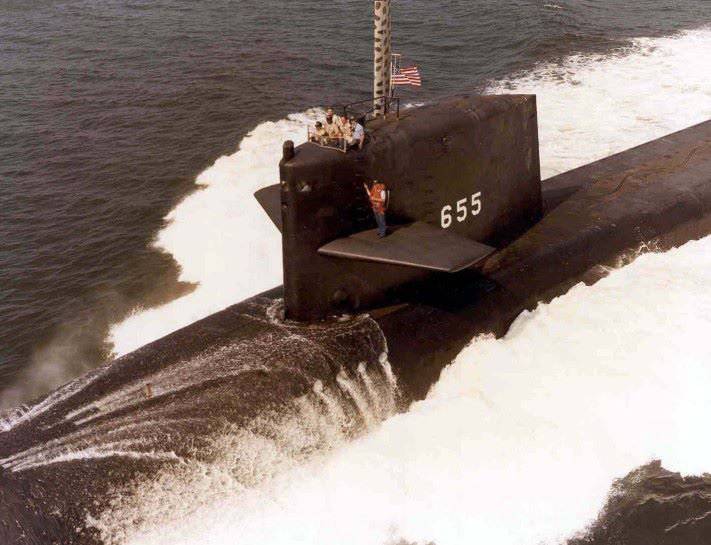
It is characteristic that the exclusive right to possess strategic thermonuclear weapons was received by submariners. This is despite the fact that initially the place for the installation of the Polaris was reserved on missile cruisers of the Albany type, and aviation The US Navy had a whole range of specialized aircraft for the delivery of nuclear weapons. Alas, neither the armor, nor the rockets, nor the high speed of the Albany-class cruisers inspired the Pentagon strategists. Despite all the admiring exclamations about the “all-seeing” and “invulnerable” aircraft carrier strike groups, it was decided to place nuclear weapons on board the flimsy and slow “steel coffins” that were supposed to pass through the enemy’s anti-submarine barriers in splendid isolation.
Another confirmation of the amazing secrecy and superior combat stability of nuclear submarines. It was the submariners who were given the honor of becoming priests on the funeral pyre of Humanity, throwing 13-ton “logs” with thermonuclear filling into the fire.
Squadron "41 on Guard of Freedom"
The number of SLBMs in service with the US Navy was limited to the Soviet-American SALT treaty from 1972 of the year — a total of submarine-based 656 ballistic missiles deployed on board forty-one strategic missile carriers. The fleet of X-NUMX carrier of ballistic missiles "Polaris" was extremely widely known - all the boats were named in honor of famous figures of the United States. The Americans, with ill-concealed jubilation, were presented by the missile carriers, as “the last defenders of freedom and democracy”, as a result, in the Western media the pathetic name “41 for Freedom” stuck to the squadron. 41 is a fighter for Freedom. "Killers cities". The main headache and the main opponent of the Soviet Navy during the Cold War.

In total, during the 1958 period of the 1967 year, the 41 boat was built on five projects:
- "George Washington"
- “Eten Allen”
- Lafayette
- "James Madison"
- "Benjamin Franklin"
"41 for Freedom" formed the basis of the strategic forces of the US Navy from the beginning of the 60-s to the middle of the 80-s, when the US fleet began to massively replenish the SSBN of the Ohio. Nevertheless, the aging missile carriers continued to remain in service, sometimes with a completely different purpose. The last representative of 41 for Freedom was expelled from the US Navy only in 2002 year.
"George Washington"
Firstborn strategic submarine fleet. A series of five "killer cities", the most famous representatives of the squadron "41 for Freedom". It's no secret that "J. Washington ”is just an impromptu based on multi-purpose Skipjack submarines.
The headboat - USS George Washington (SSBN-598) was originally laid out as a multi-purpose scorpion submarine. However, in the midst of construction, it was decided to convert it into a carrier of strategic missiles. The already finished hull was cut in half, welded in the middle of the 40-meter section with the Polaris launch shafts.
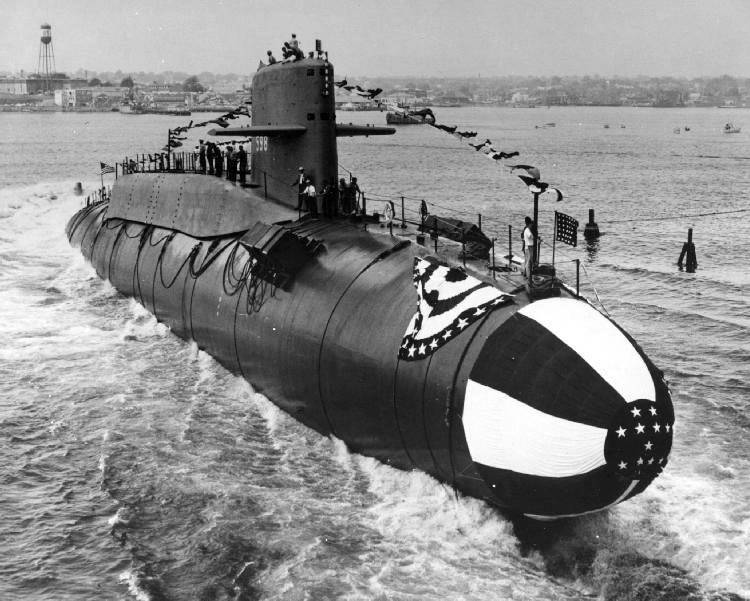
“J. Washington "managed to deceive fate. His old name "Scorpion" and the tactical number (SSN-589) were inherited by another PLA, whose corps was built on the adjacent stocks according to the original project "Skipjack". In 1968, this boat will disappear without a trace in the Atlantic along with its crew. The exact cause of death of the USS Scorpion (SSN-589) has not been established yet. Existing versions vary from banal assumptions (torpedo explosion) to mystical legends mixed with science fiction (the revenge of Soviet sailors for the death of K-129).
As for the missile carrier "J. Washington, then he served 25 years without any problems and was sent for scrapping in 1986. The cabin of the boat is installed as a memorial in the city of Groton (Connecticut).
From a modern point of view, “J. Washington "was a very primitive structure with low combat capabilities. In terms of displacement, the American missile carrier was almost 3 times smaller than the modern Russian boat project 955 "Borey" (7000 tons against 24 000 tons "Boreya"). The working depth of the “Washington” did not exceed 200 meters (the modern Borey operates at depths above 400 meters), and the launch of the Polaris SLBM was possible from depths no more than 20 meters, with strict limits on the submarine travel speed, roll, pitch trim and order of release of "Polaris" from missile mines.
Not less questions caused the main weapon "J. Washington. "
The Polaris 13-tonne is just Lilliputian on the background of the modern Bulava (36,8 tonnes), and a comparison of the Polaris with the 90-tonne P-39 (the main weapon of the legendary missile-carriers of the 941 Avenue Shark) can only cause surprise.
Hence the results: the missile range of the entire 2200 km (according to official data, the Bulava hits the 9000 + km). "Polaris A1" was equipped with a monoblock warhead, the cast weight did not exceed 500 kg (for comparison, the Bulava has six separable warheads, the throw weight of the 1150 kg - progress in technology over the past half century is evident).
However, the matter is not even in the short range of fire: according to the declassified reports of the US Department of Energy, up to 75% of Polaris’s warheads had certain serious defects.
On the terrible Day of X, the 41 for Freedom squadron could easily get to the launch areas, prepare for firing and send its SLBMs into flight. The warheads would have drawn a trail of fire in the peaceful sky of the USSR and ... stuck into the ground, becoming a pile of melted metal.
This circumstance jeopardized the existence of all the “fighters for Freedom” - the formidable “Washington” and “Eten Allen” in fact turned out to be toothless fish. However, even 25% of staffed combat units was enough to plunge the world into the chaos of global war and make an important contribution to the destruction of humanity. Fortunately, all this is just science fiction ...
From the standpoint of our day "J. Washington "looks like a very crude and imperfect system, but it is fair to recognize that the appearance of such weapons in the years when Gagarin’s flight still seemed fantastic, was a tremendous achievement. The firstborn of the strategic submarine fleet determined the appearance of modern missile carriers, becoming the basis for the design of next-generation boats.
Despite all the accusations against the Polaris, it should be admitted that the rocket turned out to be successful. The American fleet initially abandoned liquid-fuel ballistic missiles, focusing on the development of solid-propellant SLBMs. In the limited space of a submarine, under the conditions of specific storage and operation of rocket weapons, the use of solid-propellant rockets turned out to be a much simpler, reliable and safer solution than domestic liquid-fuel rockets. For example, the Soviet analogue of Polaris, the P-13 ballistic missile, took about an hour to prepare for launch and included pumping a liquid oxidizer from tanks on board the boat to the missile tanks. A very nontrivial task in the conditions of the open sea and possible opposition from the enemy.
The launch of the rocket itself looked no less amusing - the filled-in P-13, together with the launch pad, rose to the upper edge of the shaft where the main engine was launched. After such an attraction, the problems of “Polaris” may seem childish pranks.
The Americans continuously upgraded their boats - in 1964, the George Washington received a new Polaris A-3 rocket with split-type diverting warheads (three W200 58-kt warheads). On top of that, the new Polaris beat 4600 km, which further complicated the fight against the “city killers” - the Soviet Navy had to push the anti-submarine defense line to the open ocean.
"Eten Allen"
Unlike the “J. Washington, which was an improvisation based on multipurpose PAL, Eten Allen-type missile carriers were originally designed as carriers of submarine-based strategic missiles.
The Yankees optimized the design of the boat, taking into account the numerous wishes of the naval specialists and military sailors. The boat noticeably “grew up” (the underwater displacement increased by 1000 tons), which, while maintaining the same power plant, reduced the maximum travel speed to the 21 node. However, the experts attached importance to another parameter - the newly designed hull of high-strength steels made it possible to expand the range of working depths of the Eten Allen to 400 meters. Particular attention was paid to ensuring secrecy - in order to reduce the acoustic background of the boat, all the power plant mechanisms were installed on the damped platforms.
The main weapon of the boat was a specially developed modification of the Polaris - A-2, with a one-block warhead of megaton power and a range of 3700 km. By the beginning of the 70-s, the not-so-successful Polaris A-2 was replaced with A-3, similar to the SLBM installed on the J. Washington".
Five strategic submarine rocket carriers of this type carried a constant watch in the Mediterranean, threatening to deliver a fatal blow to the “underbelly of the Soviet bear” from the south. Fortunately, the archaic design did not allow Eten Allen to remain at the forefront as long as other representatives of 41 for Freedom — in the early 80s, missiles and fire control systems were dismantled from the boats, and the launch shafts were filled with concrete. Three Eten Allen were reclassified into multipurpose torpedo submarines. The two remaining SSBNs - “Sam Houston” and “John Marshall” turned into boats for special operations: outside the hull they secured two Dry Deck Shelter containers for transporting mini-submarines and sea fur gear, and in the inner rooms reserved places for the deployment of combat squadrons. swimmers.
All five Eten Allens were scrapped at the start of the 1990s.
Lafayette
Stage project of the US Navy, absorbed all the experience gained in the operation of submarine missile carriers of previous projects. When creating the "Lafayette" emphasis was placed on increasing the autonomy of the SSBN and the duration of its combat patrols. As before, special attention was paid to the safety measures of the boat, the reduction of its own noise and other unmasking factors.
The armament complex of the boat was expanded by the SUBROC rocket-torpedoes used for self-defense from Soviet submarine interceptors. Strategic weapons were deployed in 16 universal rocket mines with interchangeable launch glasses - Lafayette was created with a long-term perspective. Subsequently, this design and the increased diameter of the missile mines allowed to re-equip the boats from the Polaris A-2 to the Polaris A-3, and then to the new Poseidon C-3 underwater-based ballistic missiles.
A total of 9 strategic submarine missile carriers were built under the Lafayette project. All boats are excluded from the US Navy at the beginning of the 1990's. Eight boats are cut into metal; the ninth, Daniel Webster, is used as a model at the Naval Nuclear Power Training Unit.
"James Madison"
A series of 10 American SSBNs, almost identical in design to Lafayette-class submarines. In the domestic reference books of the Cold War times, it is usually written like this: “type“ Lafayette ”, the second sub-series”.
At the beginning of the 1980's, six James Madison-type submarines became the first carriers of the promising Trident 1 SLBMs with a range of 7000 + kilometers.
All submarines of this type were written off in the 1990's. All but one.
The strategic submarine missile carrier Nathaniel Green left the gallant ranks of the US Navy before anyone else - in December 1986. The story is trivial: in March of the same year, when returning from combat patrol, Nathaniel Green smashed against the stones in the Irish Sea. The boat somehow hopped up to the base, but the scale of damage to the rudders and tanks of the main ballast turned out to be so great that the recovery of the missile carrier was considered unpromising.
The incident with "Nathaniel Green" was the first officially registered emergency, which resulted in the loss of the American SSBN.
"Benjamin Franklin"
The 12 series of strategic submarine-launched missile carriers is the most formidable and perfect fighter from the 41 for Freedom brigade.
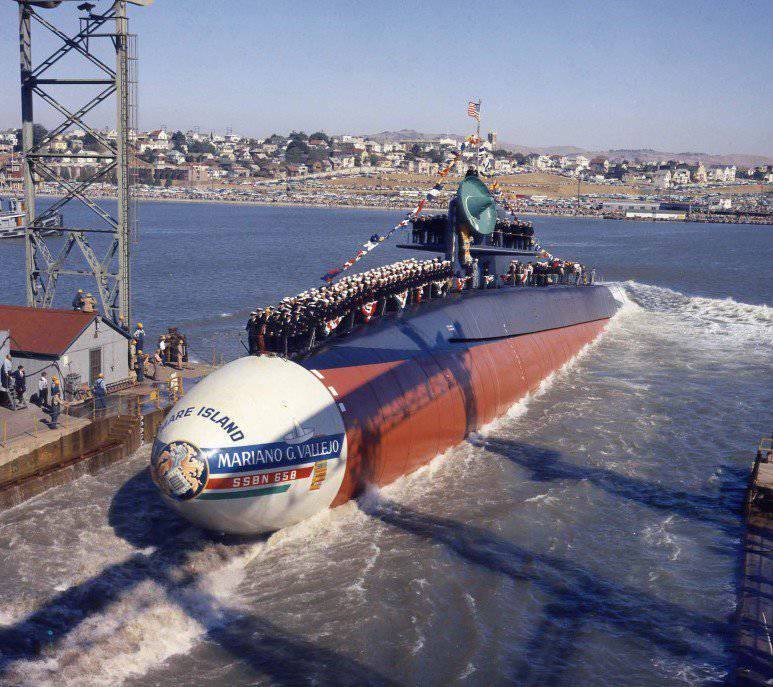
In order to reduce the noise, the shape of the nasal tip was changed and the propeller was replaced - the rest of the Benjamin Franklin design was completely identical to the Lafayette submarines. The carriers of the Polaris A-3, Poseidon C-3, and later the Trident-1 ballistic missiles.
Boats of this type were actively excluded from the fleet during the 1990-s. Two of them - "James Polk" and "Kamehameha" (in honor of one of the rulers of Hawaii) were re-equipped into the PLA for special operations (two outdoor modules for combat swimmers, two airlock chambers at the site of the former rocket mines, premises for the landing).
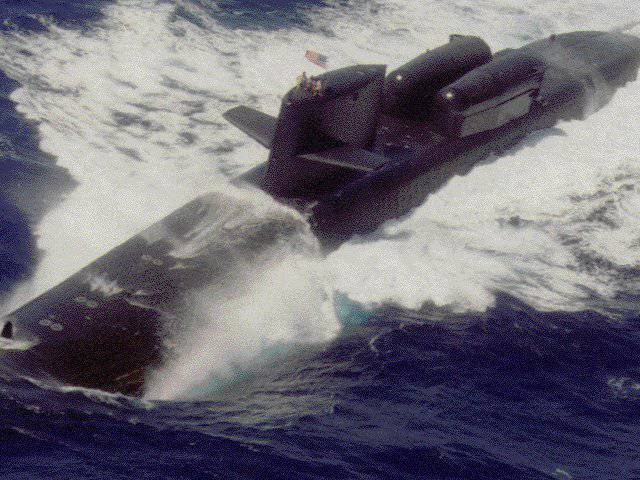
Finale
The 41 for Freedom squadron became the key force of the American nuclear triad - during the Cold War more than 50% of all nuclear warheads in service with the US armed forces were deployed on submarine missile carriers.
During the years of active service, the 41 for Freedom boats carried out more 2500 combat patrols, demonstrating a surprisingly high operational voltage ratio (KOH 0,5 - 0,6 - for comparison, KON Soviet SSBNs were in the 0,17 - 0,24 redistribution) - "freedom fighters" were held in combat position most of your life. Managed by two interchangeable crews (blue and gold), they operated on the 100 daily cycle (68 days at sea, 32 of the day in the base) with a break for overhaul and reboot of the reactor every 5-6 years.
Fortunately, the Americans did not succeed in knowing the destructive power of heavy strategic submarines from the 18 Division of the Northern Fleet (Western Persons), and the Soviet citizens did not become acquainted with the "killers of cities" from the 41 for Freedom squadron.
Small photo gallery
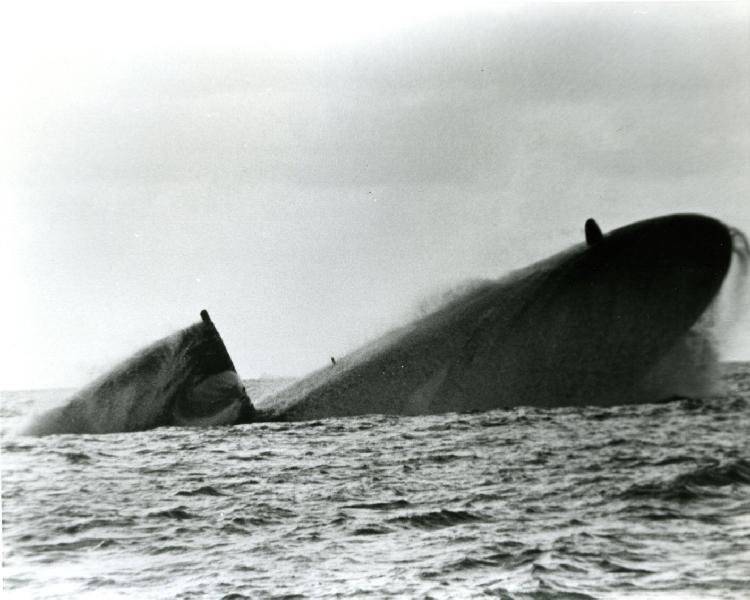
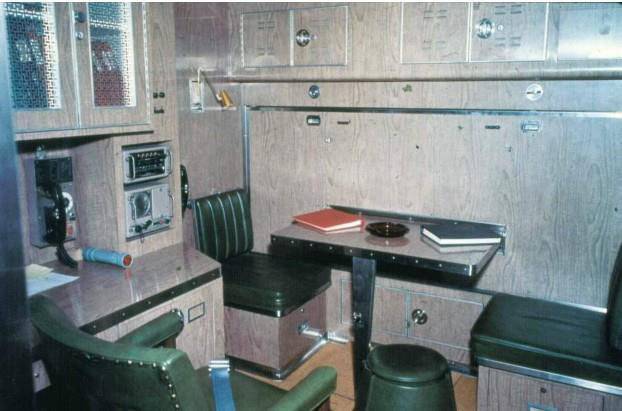
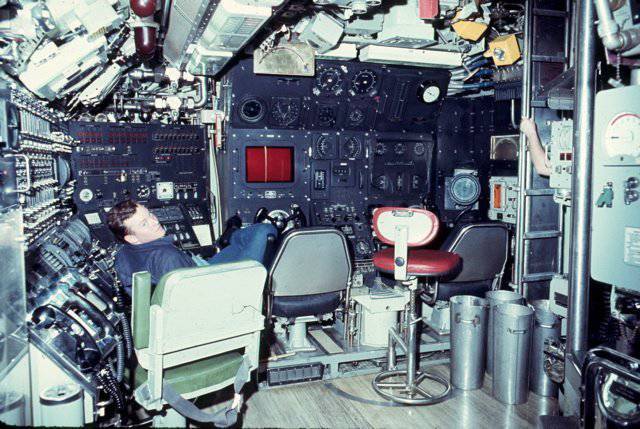
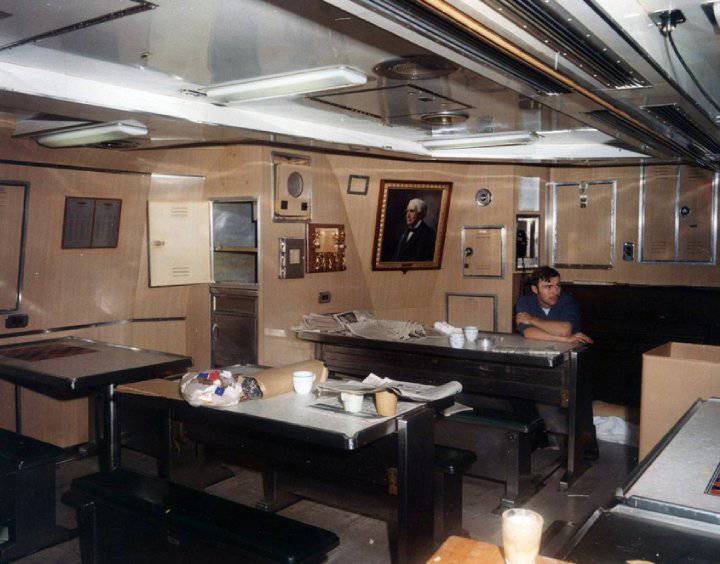
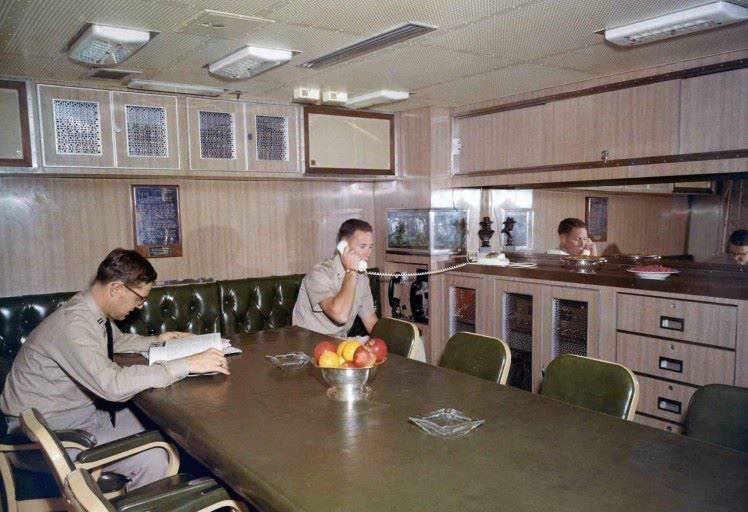
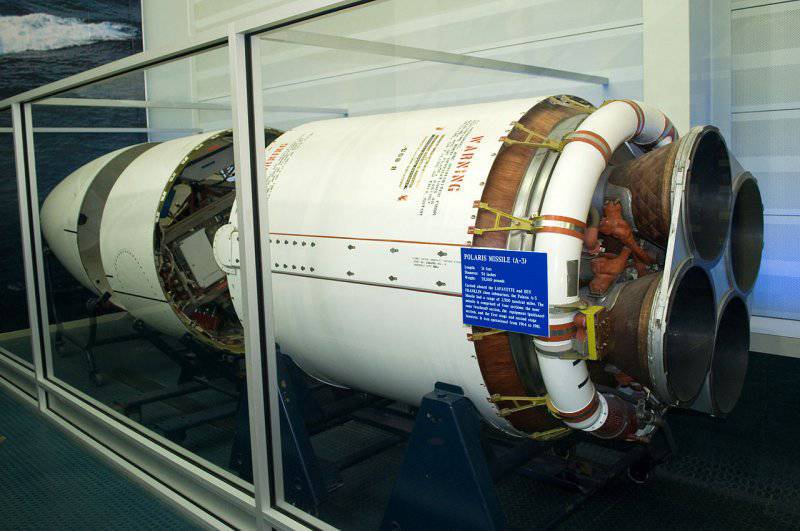
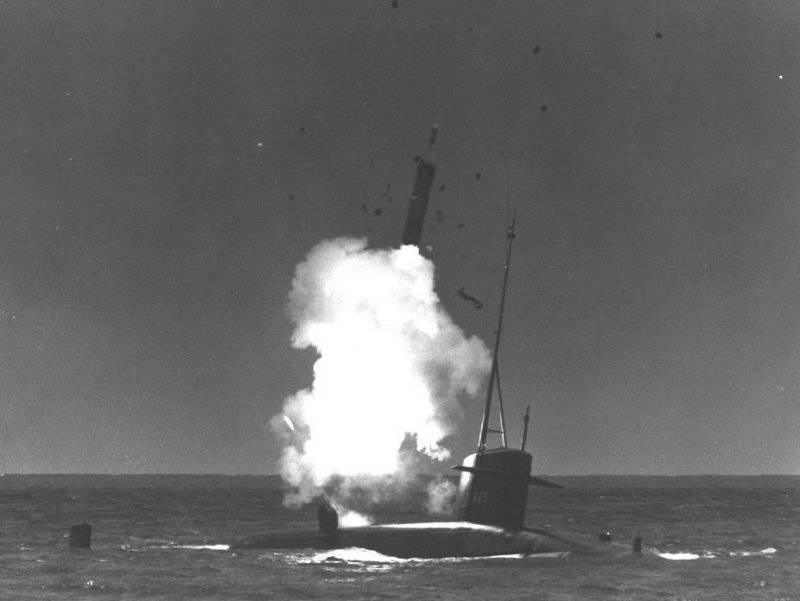
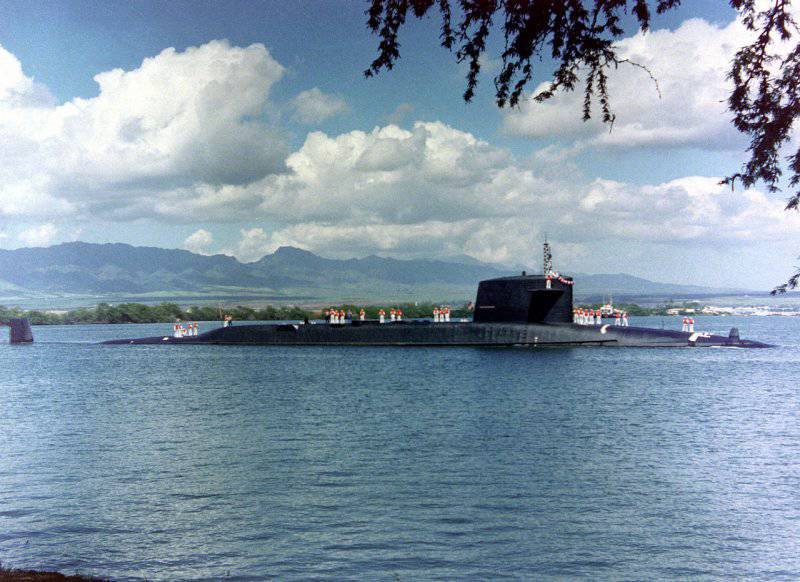
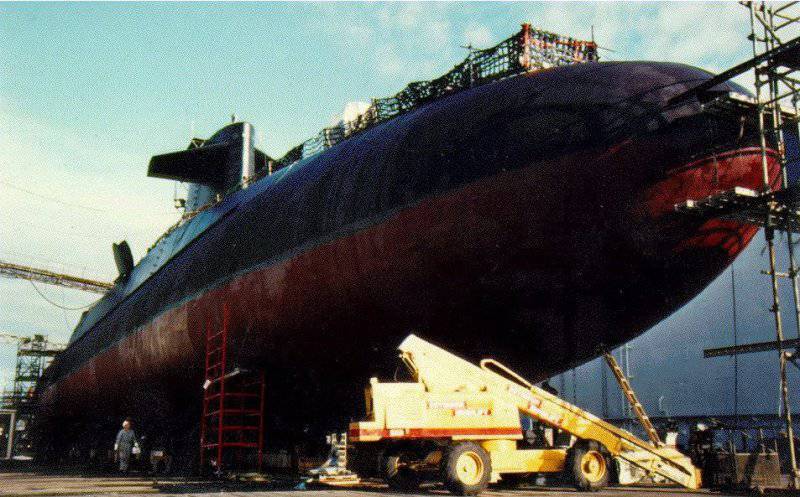
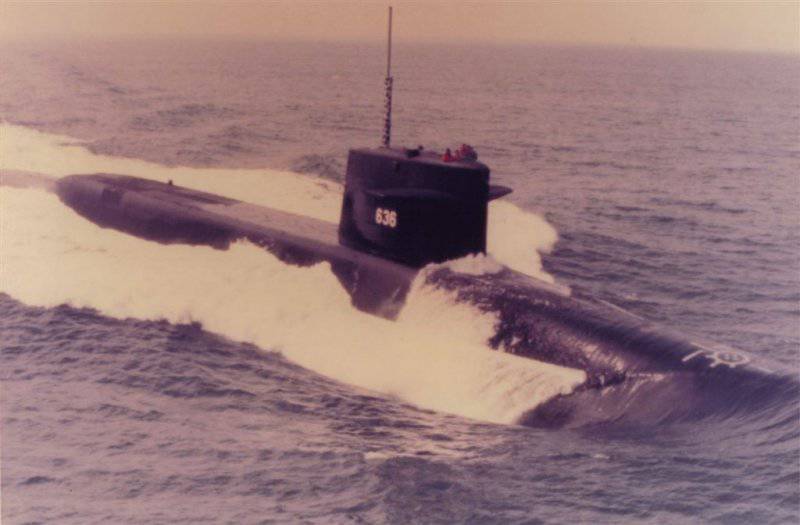
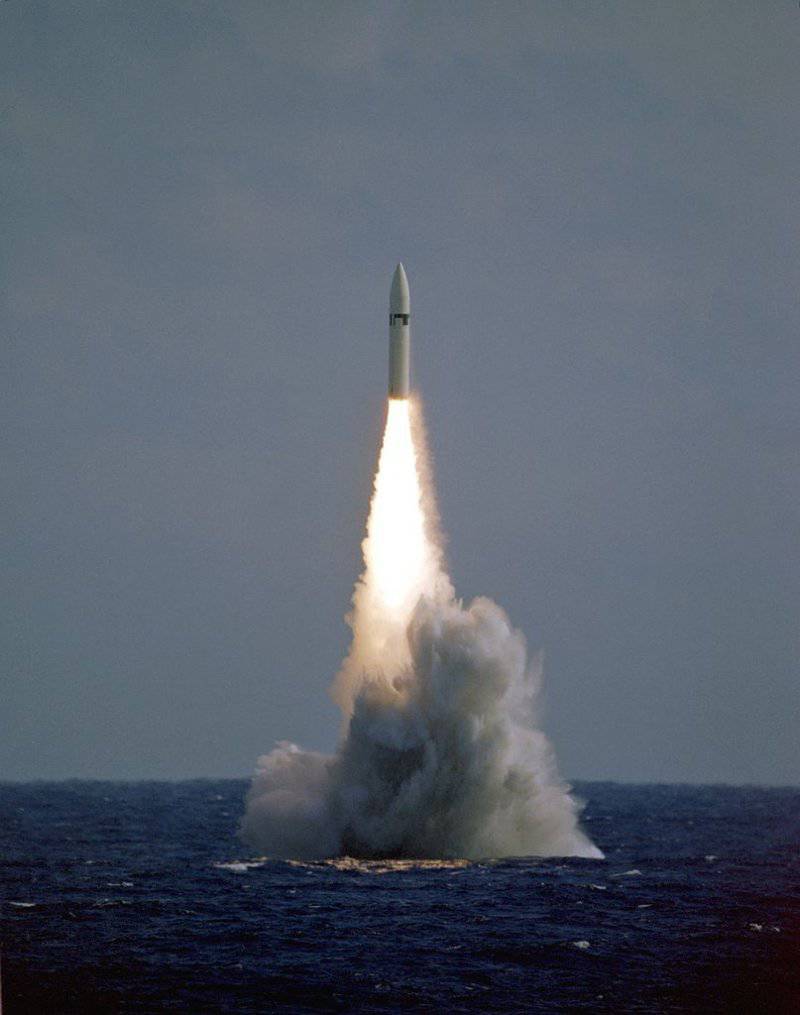
Information